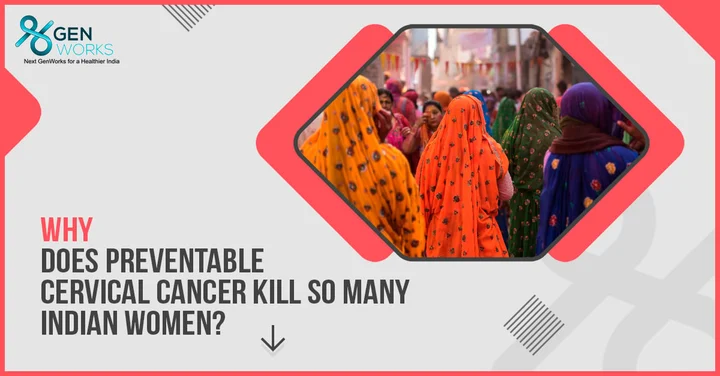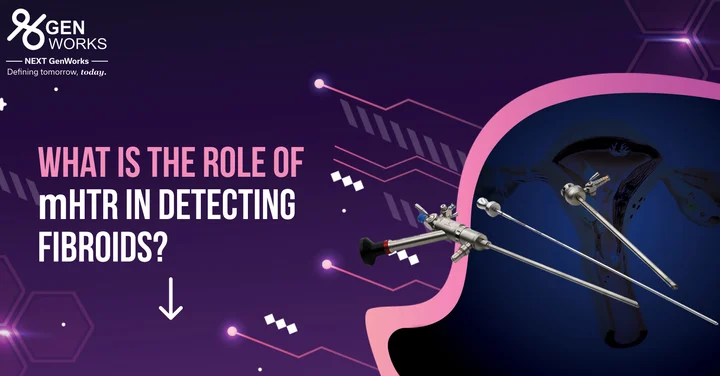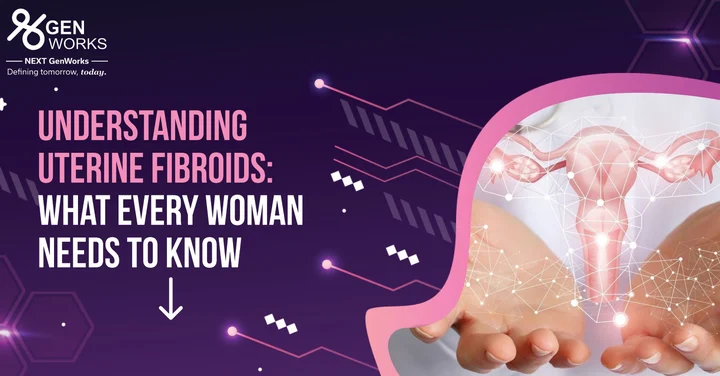Why does preventable cervical cancer kill so many Indian women?

India alone accounts for 25% of the cervical cancers detected in the world. It is a major health issue that can be addressed through a simple intervention - screening. The problem has been that colposcopes are not used as often as they should be. If every gynecologist in India would screen about 3-4 patients a day, it would drastically reduce the prevalence of cervical cancer.
Cervical cancer is the cause of 17% of all cancer deaths among Indian women between the ages of 30-69. Approximately 1 in every 53 women will be diagnosed with cervical cancer as opposed to the global average which is 1 in every 100.
While the World Health Organisation recommends a "See and Treat" approach, the typical cervical exam does not reveal the early stages of cervical cancer. Until recently, the problem was that it needed high-resolution cameras and expensive setup - which limited access for both doctors and patients. Only high-end hospitals would have the facilities to conduct a thorough examination and provide treatment.
Making screening affordable
The first step that Genworks took was to make colposcopy affordable to both doctors and patients through Mobile ODT's product, Eva. By incorporating an onboard smartphone to capture images at the point of care, it works at two levels. It makes it easy for doctors to capture high-resolution images of the patient's cervix. It can be set up within minutes, in a limited space within the doctor's chamber and does not need a separate room. The images can be saved and filed for future reference when necessary. The images can also be uploaded to a secure facility for examination by a panel of specialists across the world to confirm or provide additional insights on the doctor's diagnosis.
The case for early screening
A simple table shows how dramatic change can be brought about by doctors being vigilant - and make this a part of expanding their practice while saving lives.
Precancer (before it becomes invasive cancer)- 100% survival – Cost of treatment - Less than Rs. 1000
- Stage 1 - 92 % survival
- Stages 2 & 3 – 56% survival Cost of treatment (est) - upwards of Rs. 70,000
- Stage 4 – 17% survival Cost of treatment (est) - Rs. 4 lakhs and more
Patients too would be far happier to pay for early screening and prevention as opposed to treatment and the associated risks.
Traditional vs Portable Colposcopes
Colposcopes have been bulky and hard to use because the optics involved required special rooms and having to put patients through an elaborate process for examination. Before the digital era, examining and storing images also posed several problems, especially when trying to access an archive.
Eva changes the equation altogether. It does not have any wires to be hooked up or patients to be maneuvered into different positions. It lets the doctor conduct a detailed cervical examination and capture relevant hi-resolution images within minutes. Doctors can zoom in to the areas they want to examine in greater depth and detail to eliminate any concerns they may have.
Annotate and use filters
Doctors can make notes and annotations on specific areas on images for diagnosis and recall later. This is crucial when later examination of the same patient provides important insights on changes and the recommended course for treatment.
Keeping track of changes helps doctors determine cervical health over several years with practically no effort required in recalling and making comparisons with previous examinations. By reducing paperwork and introducing the ability to interact with peers and experts across the world, Eva makes it convenient for gynecologists to recommend screening as the first level of prevention for all their patients.
Obtaining patient approval and education is easier!
Colposcopy can be stressful for patients and there are sociological factors associated with cervical examinations in India. Patients may not be amenable to examinations even when they know that screening is essential to their long-term health.
Eva helps doctors conduct an examination in the least intrusive way and allay patient concerns. When patients are protected through periodic screening, a substantive change will follow in the way cervical health is monitored and rates of cancer are bound to fall sharply.
Adoption across clinics or entire hospital systems
Eva is already in use in 27 countries across the world. It expands availability to the entire hospital team with a much smaller investment as compared to traditional colposcopes. Several doctors on a team can collaborate and discuss cases with the benefit of images instead of notes alone. Plus, access to Eva's worldwide panel of experts puts hospitals and clinicians in greater control to provide treatment options if required.
The long-term benefits of screening
Prevention of cervical cancer helps ease the burden of treatment and outcomes for patients. At lower costs and by covering a large portion of their patients, doctors can sharply bring down the prevalence of cervical cancer. Screening can be a routine addition to a gynaecological examination every few years. Embarrassment is a significant patient barrier and needs the doctor to be understanding but persist, showing them the benefit of a few minutes spent on the examination versus the pain and risks of treatment.
In India, especially, it needs doctors to play the role of shifting a mind-set where taboos around menstruation and gynaecological issues abound. Taboos are a barrier to open conversations and women suffer in silence needlessly. Even if every gynaecologist were to screen a few patients every day, they could help prevent long term problems for millions of women. It is also likely that women will resist initially but it will gather pace when these issues are brought to the fore.
Eva from GenWorks - for long-term cervical health
Given the low level of understanding and knowledge among patients, there's an even greater need to ramp up the base of women who require to be screened. GenWorks is happy to work with doctors on training programs and demonstrations to promote screening. India should not be the leader in cancer that is eminently preventable with a minimal amount of effort and care.





Jerome Quadros
In view of the advantages, hope that the mobile colposcope 'Eva' becomes the preferred screening tool for cervical cancer.